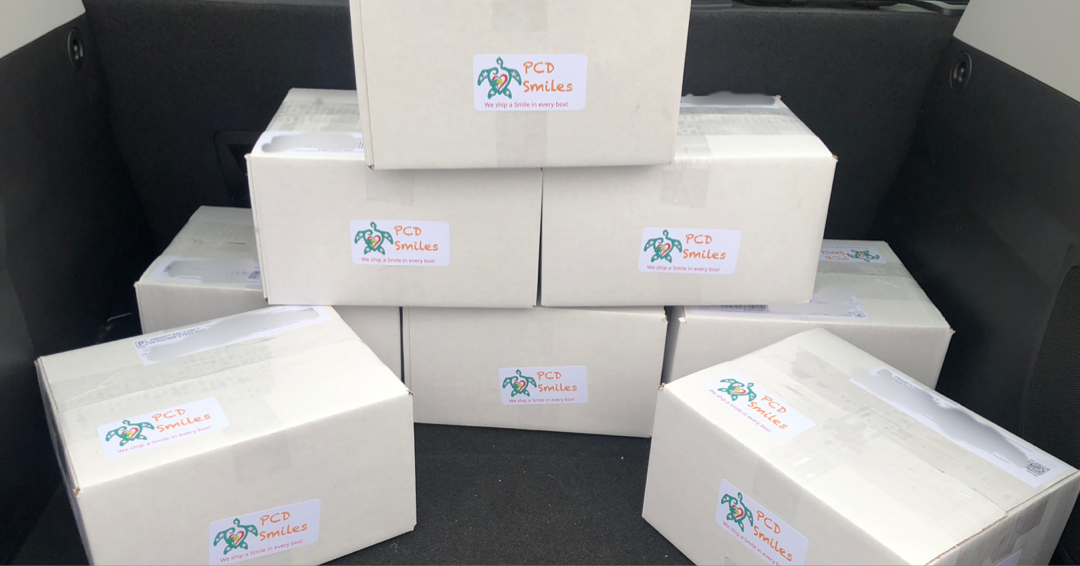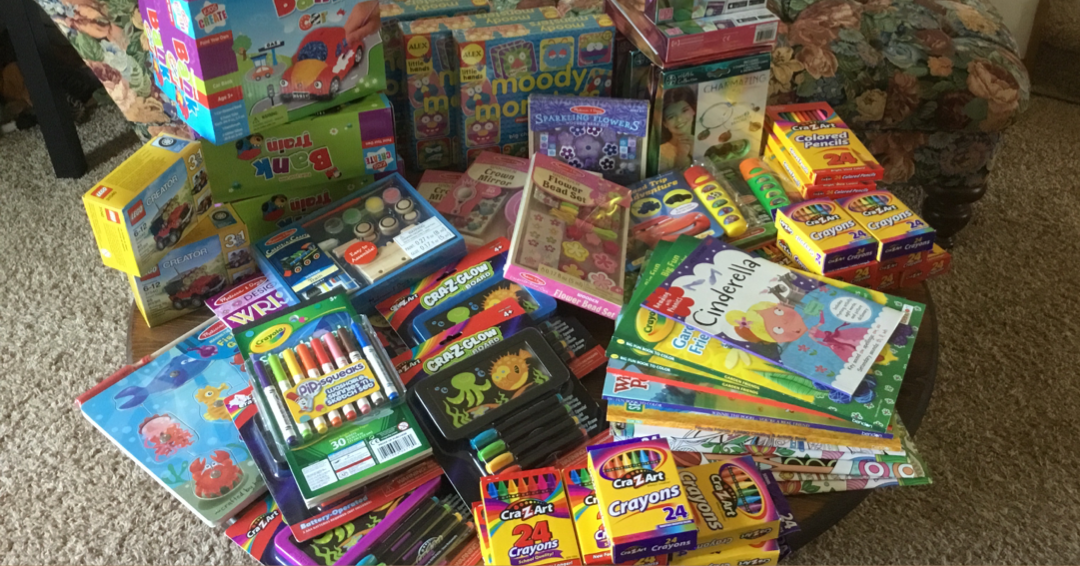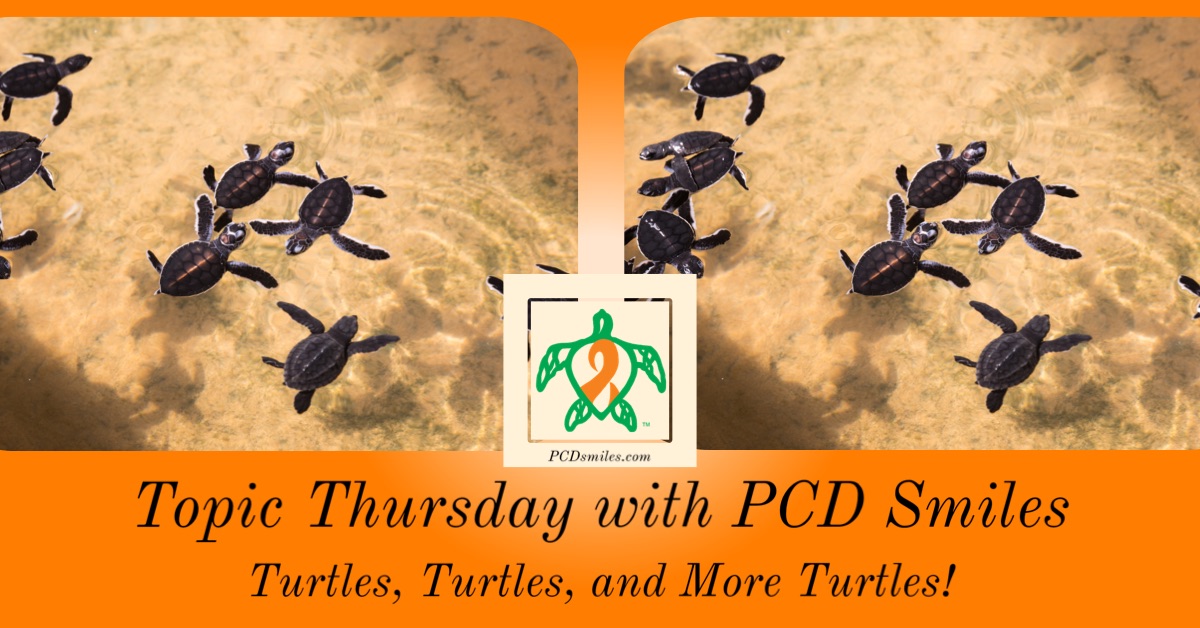What is bronchiectasis? The simplest way to explain it is, the airways have become widened and flabby, and the airway walls have become thick. Think of it this way; blow up a ballon over and over again, a million times. What happens? The ballon when deflated no longer holds it’s shape. The deflated balloon is flabby and has lost its elasticity. That is bronchiectasis. The lungs have lost their elasticity to pop back into shape or hold shape. These widened and misshapen air passages now become places that mucus holds up in, or gets stuck in. The stuck mucus becomes an additional breeding ground for infections. Those areas of damaged airways are permanently damaged, just as there is no way to fix that old ballon, there is no way to fix that damaged lung tissue.
Bronchiectasis can be acquired or bronchiectasis can be congenital. Acquired bronchiectasis is more common than congenital bronchiectasis. Acquired bronchiectasis affects adults and older children, usually as a result of a pneumonia, chemical exposure, chronic pulmonary aspiration, drug use, alcohol abuse, and as the result of another medical condition; such as Cystic Fibrosis, Primary Ciliary Dyskinesia, Alpha1, and a whole host of other medical conditions including Lupus and Rheumatoid Arthritis. Acquired bronchiectasis can develop in childhood, but often doesn’t affect the patient till adulthood. However bronchiectasis caused by an underlying medical condition such as CF or PCD can affect the patient in childhood. Congenital bronchiectasis effects infants and children, usually it’s the result how the lungs are developed in the fetal stage of development. Early detection and treatment of bronchiectasis and the patient’s underlying medical condition, that contributed to them acquiring bronchiectasis, is essential to the patient’s overall quality of life. Bronchiectasis can lead to serious issues like atelectasis, respiratory failure, and heart failure. The goal of treatment in bronchiectasis is to slow down the progression of bronchiectasis and prevent further lung tissue damage.
Bronchiectasis is often sorted by medical professionals into two types; CF Bronchiectasis or Cystic Fibrosis Bronchiectasis and Non-CF Bronchiectasis or Non Cystic Fibrosis Bronchiectasis. Basically CF Bronchiectasis is bronchiectasis caused by cystic fibrosis. All other forms of bronchiectasis regardless of their underlying medical cause are thrown into the Non-CF Bronchiectasis group. There are concerns among clinicians that this practice may no longer be adequate as technologies and diagnostic tools for bronchiectasis have advanced. Non-CF Bronchiectasis is thought to be rare in the western world, but in the developing world, non-cf bronchiectasis is emerging cause of superlative lung disease in patients. Another issue with lumping all bronchiectasis cases not caused by CF together is that the basic treatment for non-cf bronchiectasis may not be appropriate for all bronchiectasis caused by other diseases. For instance in primary ciliary dyskinesia (PCD), use of corticosteroids unless the PCD patent also has asthma is discouraged. Whereas in chronic obstructive pulmonary disease (COPD) corticosteroids are a mainstay of treatment. It is theorized since PCD treatments mirror CF treatments that perhaps bronchiectasis caused by PCD should be grouped with CF Bronchiectasis or perhaps put in a new category such as PCD Bronchiectasis. Perhaps it is time for researchers to take a closer look at the two types or categories of Bronchiectasis to see if they are too loosely defined. This issue has big implications when it come to medication approval from the FDA. Medications deemed safe and effective for CF Bronchiectasis are often unavailable to the Non-CF Bronchiectasis patient population even though the drug may be beneficial to a certain subset of Non-CF Bronchiectasis patients; like for instance PCD Bronchiectasis patients.
Bronchiectasis is sorted into several subtypes based on anatomical/ microscopic appearance; basically based on their shape visible on a ct-scan. These subtypes are as follows; Cylindrical Bronchiectasis, Saccular or Varicose Bronchiectasis, and Cystic Bronchiectasis. A single patient can be found to have all three forms of these subtypes within their lungs. In cylindrical bronchiectasis, often the mildest form of bronchiectasis, the airways or bronchi are enlarged and cylindrical. In saccular or varicose bronchiectasis that airways or bronchi are irregular with areas of both dilatation and constriction. In cystic bronchiectasis, often the most severe form of bronchiectasis, the airways or bronchi are dilated and form clusters or cysts. Different types of bronchiectasis have similar symptoms, but vary in severity. Similarly, depending on the underlying disease causing the bronchiectasis, bronchiectasis affects different areas of the lungs. In cystic fibrosis, bronchiectasis mainly affects the upper lobes of the lungs; whereas in primary ciliary dyskinesia, bronchiectasis affects the lower lobes, the right middle lobe, and the left lingula.
Common symptoms in bronchiectasis, no mater the type or subtype are; persistent cough, productive cough with increased sputum, frequent respiratory infections, tiredness, shortness of breath, chest pain, weight loss, decreased lung function, and or hemoptysis (bloody sputum.) Symptoms may also vary based on the patient’s underlying medical condition that contributed to them acquiring bronchiectasis. A bronchiectasis patent who’s underlying medical condition is Crohn’s may also present with abdominal pain and diarrhea. Nontuberculosis Mycobacterium patients may have fever, chills, and night sweats along with the more common symptoms of bronchiectasis. The symptoms of bronchiectasis may be transient (come and go), symptoms may also develop and change over time as well. Due to the transient nature of the symptoms of bronchiectasis, the disease oftentimes progresses unnoticed for huge periods of time.
The treatment goals for bronchiectasis are to slow down and or to stop the progression of airway damage caused by bronchiectasis. This is achieved by controlling symptoms and prompt treatment of infections. Treatment usually includes keeping immunizations up to date, smoking cessation, chest physiotherapy, bronchodilators, corticosteroids, oxygen therapy, increasing hydration, diet, exercise, inhaled antibiotics, oral antibiotics, mucolytics, pulmonary rehabilitation, and surgery to resect portions of localized bronchiectasis. However in cases such as CF and PCD resections of localized bronchiectasis are not recommended anymore, because they have proven not to be an effective treatment of bronchiectasis in CF and PCD. In cases of severe bronchiectasis exacerbations, patients are often hospitalized and given IV antibiotic therapy. In PCD, bronchiectasis exacerbations are oftentimes treated with IV antibiotics whether the patient is hospitalized or not. Advances in treatment and access to treatment have allowed PCD patients to start and complete their entire IV antibiotic therapy in the comfort of their own home. One final note on bronchiectasis as it relates to the PCD patient; in end stage PCD, where lung transplants are needed, transplants are often the result of respiratory failure due to bronchiectasis.
Be sure to visit us next week for another Topic Thursday!
Join our Facebook group Turtle Talk Café today, click here.
We have several ways that you can donate to PCD Smiles;
- Visit Smile E. Turtle's Amazon Wishlist
- For more information on how you can donate, please visit our "Donation" page to check out our "Do & Don't policies.
- Or sponsor a PCD Smiles cheer package today!
- To shop for your “Official” turtle care ribbon gear today, visit PCD Style or Smile E. Cove
Thank you for your consideration!














